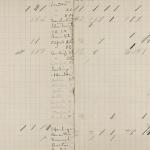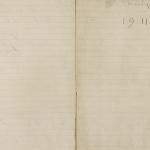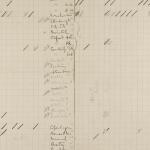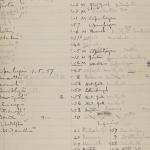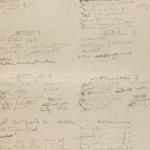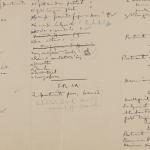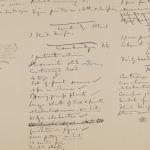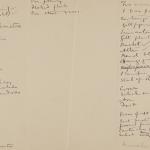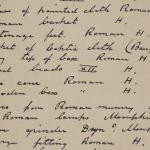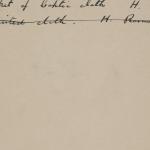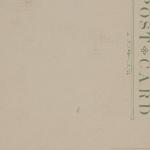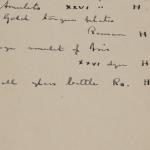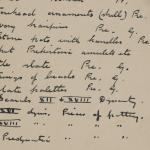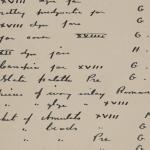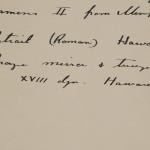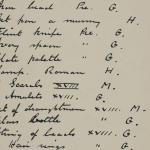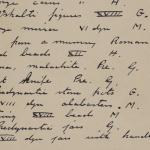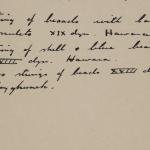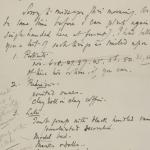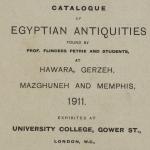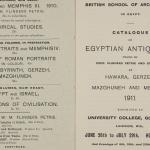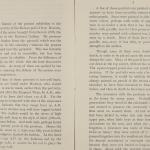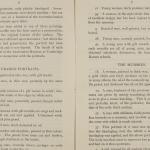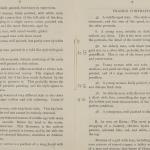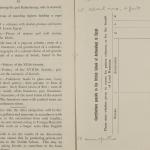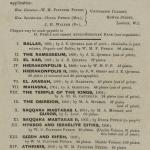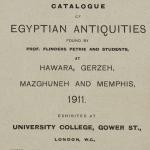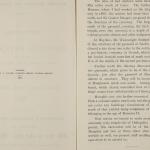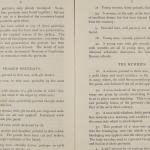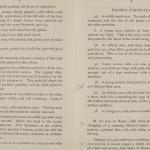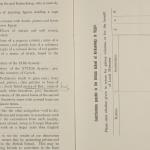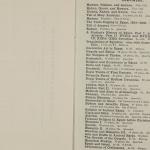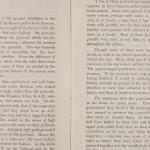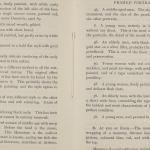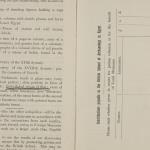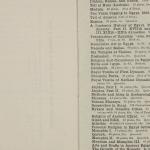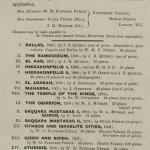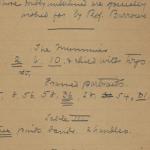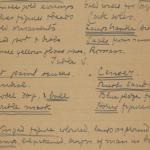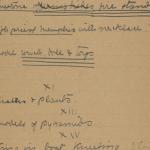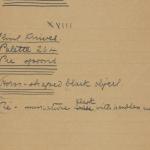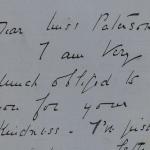1910-11 Mazghuneh
Type of fieldwork:
Excavation
Director:
Season summary:
- Excavations were undertaken in the area comprised between 1 km north of Bernasht village and 1 km south of the southern pyramid of Dashur (about 5-mile long). This area included several small cemeteries ranging from the 4th Dynasty to the Ptolemaic period. The whole site suffered from intense ancient and modern plundering.
- Excavations also investigated two pyramids dated to the 12th Dynasty.
- Cemetery 'Kom el Howa': Ptolemaic period; no finds recorded ('badly ransacked').
- Cemetery 'Abu Shalbyah': 6th Dynasty; pottery and few beads were found across the cemetery; other finds include traces of linen clothing badly rotten, bronze mirrors, mud jar sealings, model chisel, fragments of two wooden statuettes.
- Cemetery 'A.S. South': 4th-5th Dynasties; finds include traces of bark-cloth clothing, a small alabaster jar, a pottery jar, wooden coffin remains, a square wooden box (used as coffin), fragments of two small pottery saucers.
- Cemetery 'Kom es Sunt': 4th-5th Dynasties; small cemetery with not one burial found intact; only fragments of a stone altar were found in proximity of a false door in the courtyard.
- Cemetery 'Kom Ammar': 6th Dynasty; heavily plundered; finds include human remains mainly, pieces of a wooden coffin, small alabaster vessels, two bronze mirrors, wooden chisels, beads and bronze ends of a deep collar.
- Cemetery 'Kom Sheykh Karamyd': Ptolemaic period superimposed on a 22nd Dynasty cemetery; 'thoroughly ransacked [...] nothing remained but a few beads'.
- Cemetery between Kom Sheykh Karamyd and the southern pyramid: 5th-6th Dynasties and Roman period; Roman finds are described and include a large amphora filled with burnt human bones, small pottery vessels, two pottery lamps, three alabaster kohl pots, two alabaster dishes, one pair of pottery model shoes, two pairs of wooden clappers, and several beads.
- The South Pyramid: 12th Dynasty; one large alabaster jar and three limestone vessels--possibly lamps--were found in the northern portion of passage Q. The pyramid contained a red quarzite sarcophagus which itself contained nothing except for a fragment of a small alabaster kohl pot and a piece of glazed steatite inlay.
- Cemetery inside the 'Wavy Wall': this brick enclosure in the southern pyramid site was used as a small 18th Dynasty cemetery, heavily plundered. Remains include pottery, scarabs, broken kohl pots, and two limestone stools (one unfinished). The only undisturbed grave contained a midde-aged man in a 'roughly-made' wooden coffin and a small wooden box containing a set of twelve 'draughtsmen'.
- The North Pyramid: 12th Dynasty; the superstructure was aleady demolished at the time of this season, but the pyramid site still preserved portions of passages, few chambers, and the sarcophagus chamber. No remains were found, except for the stone sarcophagus. In the middle of the pyramid site lays a small Coptic cemetery still in use at the time of excavation.
Relevant archive holdings:
London, Petrie Museum of Egyptian Archaeology
Archive Documents
Relevant publications:
Catalogue of Egyptian antiquities: found by Prof. Flinders Petrie and students at Hawara, Gerzeh, Mazghuneh and Memphis, 1911; exhibited at University College, Gower St., London, June 26 - July 29 / British School of Archaeology in Egypt. 1911. London: BSAE.
Petrie, W. M. Flinders, G. A. Wainwright, and E. Mackay 1912. The Labyrinth, Gerzeh and Mazghuneh. British School of Archaeology in Egypt and Egyptian Research Account [21] (18th year). London: School of Archaeology in Egypt; Bernard Quaritch.
Related excavations:
Distribution destinations:
Site guide:

